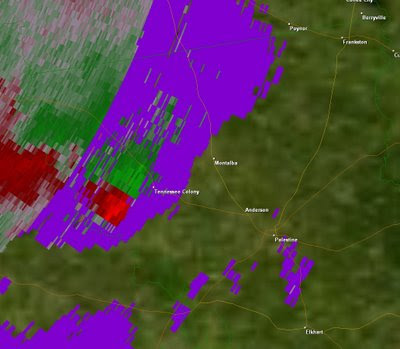
To say Tropical Storm Fay is a unique system would be an understatement. Fay is one of the rare tropical systems that actually strengthened as she moved on land. Early Tuesday Morning, Fay came ashore near Cape Romano, FL, about 20 miles south of Naples with top winds of 60mph and a rather rugged eye wall structure. However, Fay’s eye wall structure became much better organized while over land just south of Lake Okeechobee. In fact, Doppler radar indicated a well defined eye for Fay with winds close to hurricane strength before moving over Lake Okeechobee. The official statement from the National Hurricane Center showed the winds increased from 60mph to 65mph while over the mainland. So how did this happen? Tropical Storm Fay has two things working in her favor as she made landfall. First, the topography of South Florida which consists of the Everglades, a flat grassy wetland area, reduces the amount of friction the storm will encounter leading to a lack of weakening. Second, the upper levels of the atmosphere were very conducive to tropical storm development by providing Fay a large area of upper level outflow, allowing the storm in the lower levels of the atmosphere to strengthen. Notice the radar loop of Fay over South West Florida showing a symmetric eye wall, a sign of a strong tropical system.
Doppler radar velocity data indicated winds of nearly 70 knots, approaching hurricane force. The strongest surface wind reported during Fay was 78mph on the western shore of Lake Okeechobee at Moore Haven. Also, the water temperature in Lake Okeechobee is nearly 92°F, which could also add to the sustained strength over South Florida.
So where will Fay head next? Well it all depends on a developing area of high pressure over the Mid West this weekend. All indications are Fay will turn to the west and move across the Florida Panhandle, this will keep her circulation over land not allowing her to strengthen. There is a chance that her circulation could move back over water in the northern Gulf. The water temperature here is in the upper 80’s so if this does happen, rapid intensification could occur. It does appear the chances Fay, whatever becomes of her, making it into East Texas are very low. More than likely Fay will be picked up by a through early next week and move over the Mid West into the North East.







































